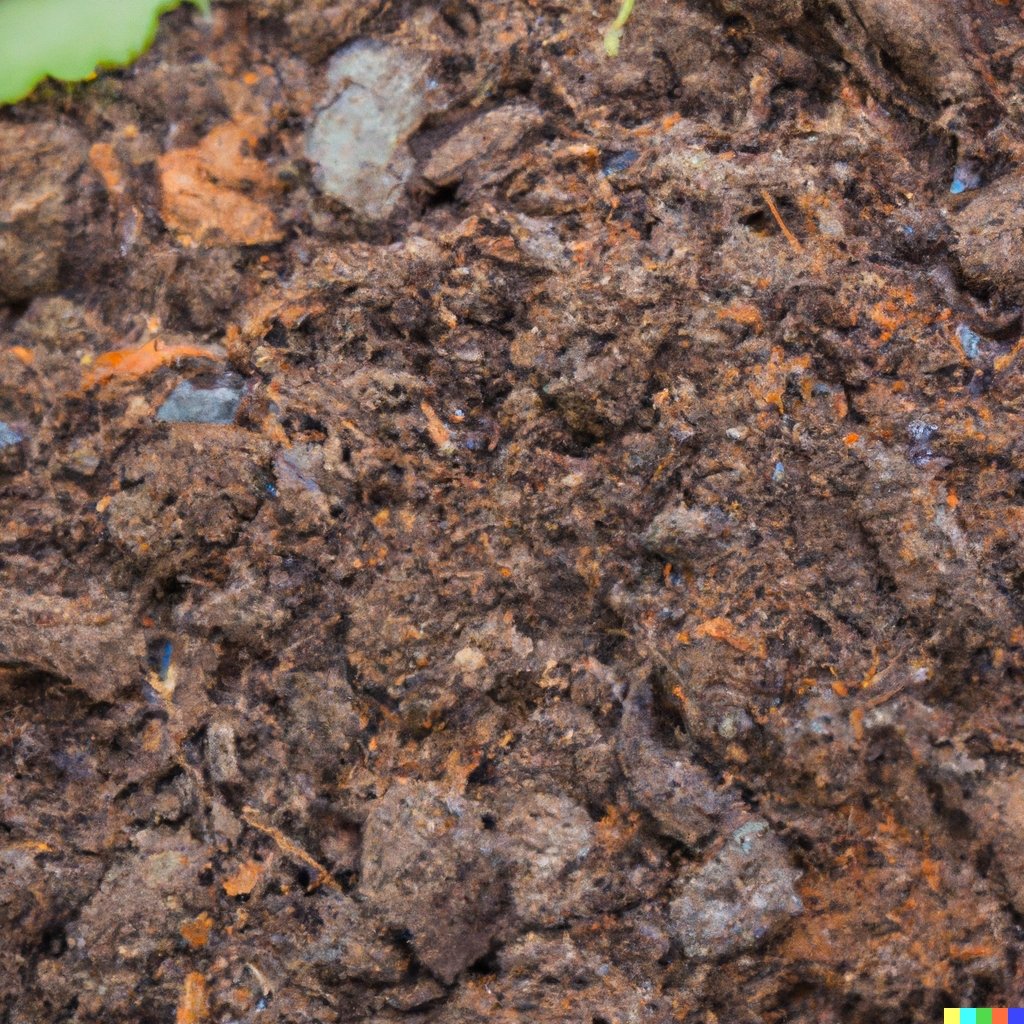Living soil is a type of soil ecosystem that is teeming with beneficial microbes and organisms. It is the result of sustainable farming practices that focus on maintaining and enhancing the natural biodiversity of the soil. These practices differ from traditional commercial farming methods, which often rely heavily on chemical fertilizers and pesticides, leading to degraded soil health and negative environmental impacts.
The concept of living soil can be traced back to the early 20th century, with the work of Austrian scientist Rudolf Steiner and his development of biodynamic farming. Steiner's ideas were influential in the creation of the organic farming movement, which emphasized the use of natural inputs and holistic management practices.
In recent decades, the focus on living soil has grown as concerns about the environmental impacts of industrial agriculture have increased. Industrial agriculture relies heavily on monoculture cropping systems and the use of synthetic fertilizers and pesticides, which can lead to soil degradation, water pollution, and loss of biodiversity. In contrast, living soil practices can help to build soil health, improve water retention, and support the growth of a diverse range of plants.
One of the key components of living soil is the presence of organic matter, which provides essential nutrients to plants and helps retain moisture in the soil. Organic matter can be added to the soil through the use of compost, cover crops, and mulch. These practices help to support the growth of beneficial microbes and fungi, which play a crucial role in the health of the soil ecosystem. If you wish to learn more about beneficial microbes click here.
In addition to the environmental benefits, living soil practices can also have positive economic impacts. Soil that is rich in organic matter is more resilient to drought and other stresses, which can lead to increased crop yields and reduced input costs for farmers.
Living soil practices can also support the growth of a diverse range of plants, including many species that are resistant to pests and diseases. This can help to reduce the need for chemical pesticides, which can be harmful to human health and the environment.
Despite the many benefits of living soil, the adoption of these practices remains limited in many parts of the world. In the United States, for example, only a small percentage of cropland is managed using organic methods. This is due in part to the higher costs and labor requirements associated with living soil practices, as well as the lack of access to markets for organic products in some areas.
However, the demand for organic and sustainably-produced food is growing, and with it the potential for increased adoption of living soil practices. In order to support the transition to more sustainable farming systems, it will be important to provide education and resources to farmers and consumers, as well as to invest in research on the most effective living soil practices.
The need for such a transition is urgent, as climate change continues to pose a major threat to agricultural systems around the world. Soil health is critical to the ability of crops to withstand extreme weather events and other impacts of climate change. By supporting the growth of living soil, we can help to build the resilience of our agricultural systems and ensure the long-term sustainability of our food production.
In conclusion, living soil practices offer a promising approach to sustainable agriculture that can help to improve soil health, support the growth of a diverse range of plants, and reduce the negative environmental impacts of industrial farming. By investing in research and education, and by supporting the transition to these practices, we can help to build a more sustainable and resilient food system for the future.
If you're looking for a high-quality organic living soil, click here.





